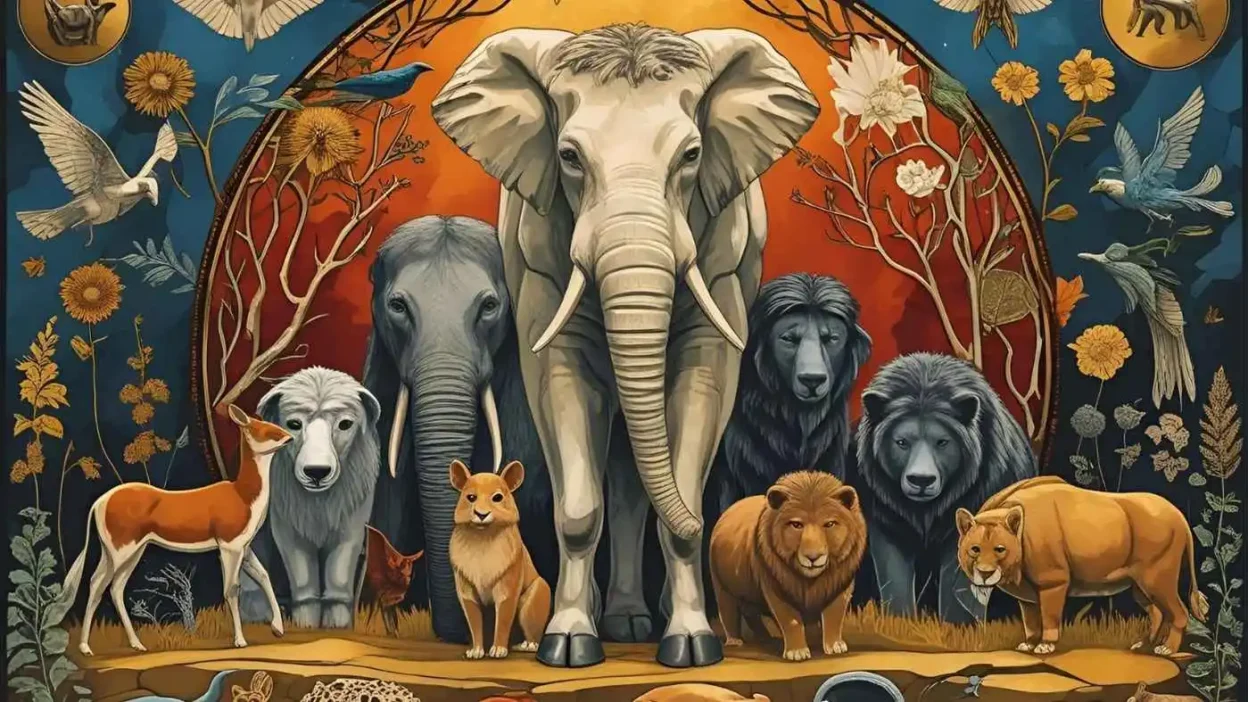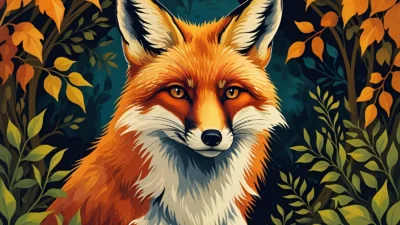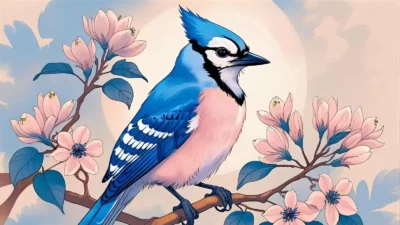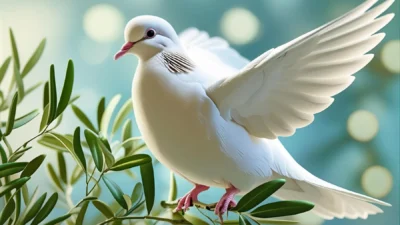As the sun dipped below the horizon, I sat quietly in my backyard, heart heavy with uncertainty about a big life decision. Suddenly, a deer stepped out from the woods, its eyes locking with mine for a fleeting moment before it vanished.
That encounter felt like more than chance—it carried a gentle nudge from the universe, urging me to trust my path. Animal symbolism speaks to us in these quiet, profound moments, offering wisdom and connection to something greater.
If it’s a bird soaring overhead or a fox darting across your path, animals carry messages that can guide us through life’s emotional and spiritual journeys.
In this article, we’ll explore the deep meanings behind animal encounters, diving into cultural traditions, art, literature, and real-life stories to help you uncover the spiritual significance of these moments.
Animal Symbolism List
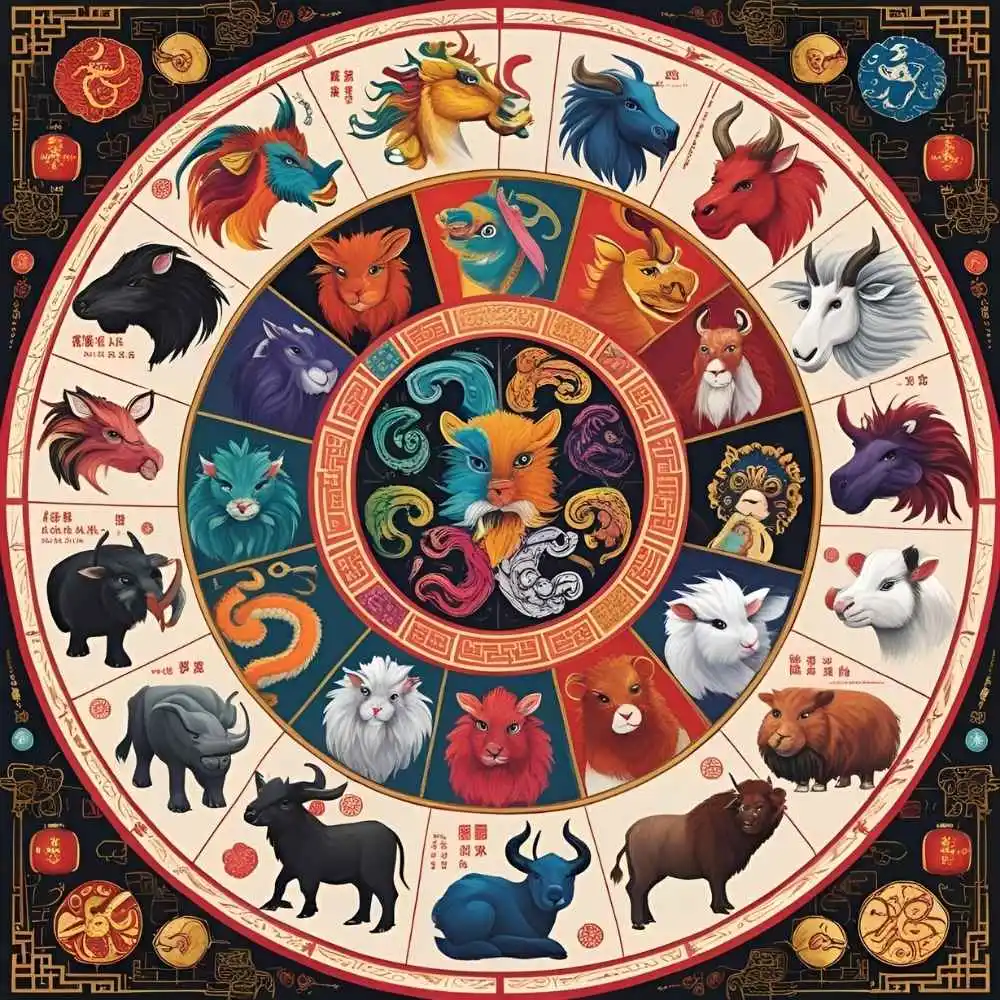
Animals have long been seen as messengers, each carrying unique spiritual meanings that resonate across cultures. Animal symbolism connects us to nature’s wisdom, offering insights into our emotions, challenges, and growth. Here’s a list of common animals and their symbolic meanings:
- Deer: Represents gentleness, intuition, and grace. A deer encounter may encourage you to move forward with kindness and trust your instincts.
- Owl: Symbolizes wisdom, mystery, and transformation. Seeing an owl might signal a need to look deeper into a situation or embrace change.
- Wolf: Embodies loyalty, strength, and independence. A wolf’s presence could remind you to balance community with your inner freedom.
- Butterfly: Signifies transformation, hope, and renewal. A butterfly’s flutter may point to a new chapter in your life.
- Bear: Stands for strength, courage, and introspection. A bear encounter might urge you to stand tall or take time for self-reflection.
These are just a few examples, but every animal carries a message. Pay attention to how you feel when you encounter one—it’s often a clue to the guidance being offered.
Japanese Animal Symbolism
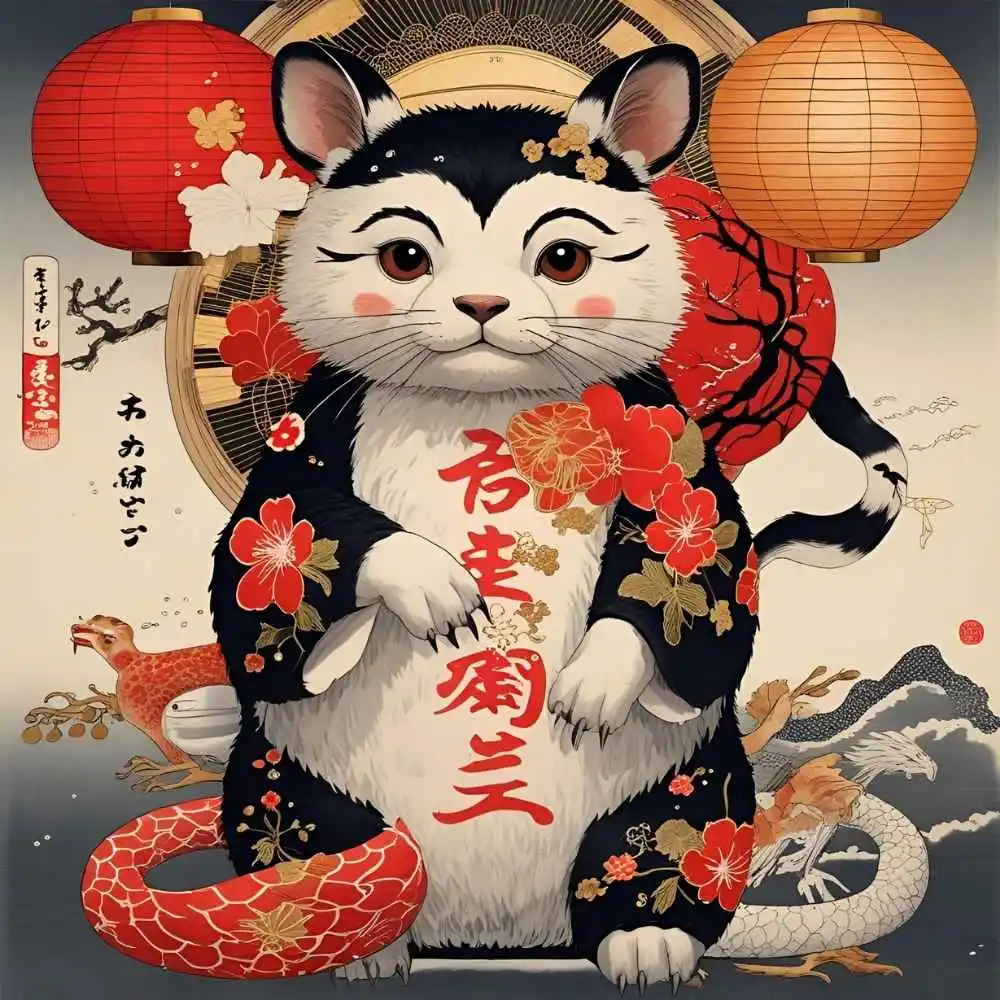
In Japanese culture, animal symbolism is deeply woven into spirituality, folklore, and daily life. Animals are often seen as kami (spirits) or messengers of the divine, carrying profound meanings:
- Crane: A symbol of longevity and good fortune. Cranes are believed to live for a thousand years, and their image is common in art and weddings to wish for a long, happy life.
- Koi Fish: Represents perseverance and strength. The legend of the koi swimming upstream to become a dragon inspires those facing challenges to keep pushing forward.
- Fox (Kitsune): A complex symbol of cunning, protection, and spirituality. Kitsune are often seen as messengers of Inari, the Shinto god of rice and prosperity, guiding people with their mystical wisdom.
- Cat: Associated with luck and protection. The maneki-neko (beckoning cat) is a popular talisman believed to bring good fortune to homes and businesses.
Japanese animal symbolism often reflects a balance of respect for nature and a belief in its spiritual power, encouraging us to find harmony in our own lives.
Celtic Animal Symbolism
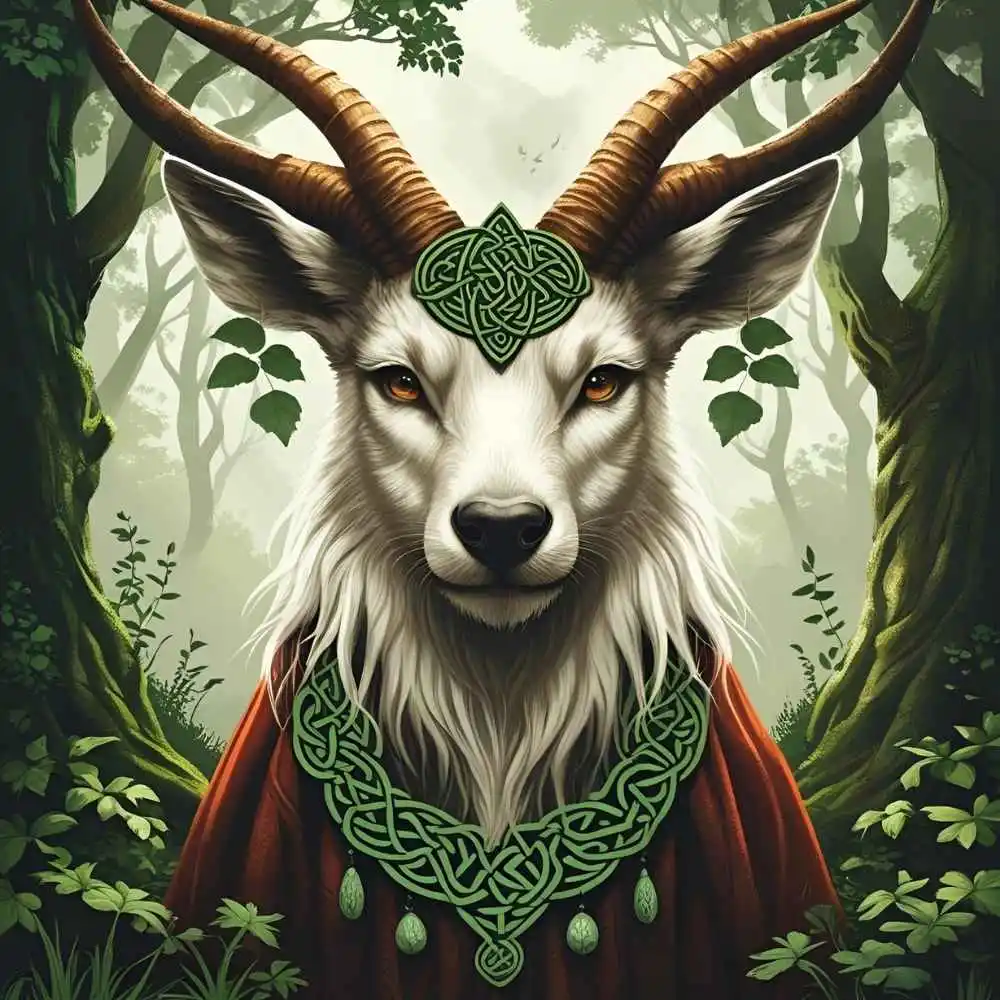
The Celts viewed animals as sacred guides, deeply connected to the earth and the divine. Their animal symbolism reflects a reverence for nature’s cycles and spiritual lessons:
- Stag: A symbol of leadership, grace, and connection to the forest. The stag often represents a call to step into your power with confidence.
- Raven: Associated with prophecy, mystery, and transformation. Ravens were seen as messengers between worlds, urging us to trust our intuition.
- Salmon: Represents wisdom and determination. In Celtic lore, the salmon swims against the current to gain knowledge, inspiring us to seek inner truth.
- Horse: Embodies freedom, strength, and journey. A horse’s presence might signal a time to embrace adventure or trust the path ahead.
Celtic animal symbolism invites us to listen to nature’s whispers, finding courage and guidance in the animals that cross our paths.
Animal Symbolism in Art
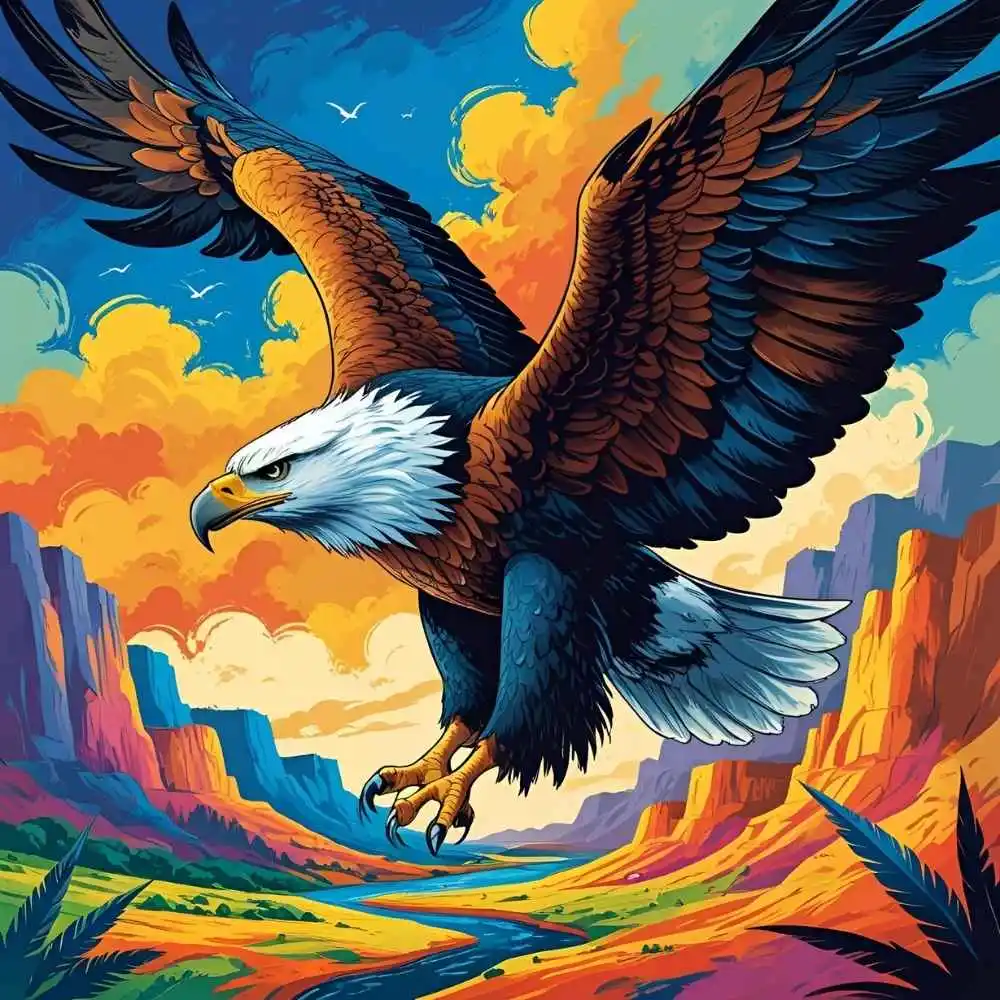
Throughout history, artists have used animal symbolism to convey deep emotions and spiritual truths. From ancient cave paintings to modern works, animals in art carry layers of meaning:
- In Renaissance art, doves often symbolized peace and the Holy Spirit, appearing in religious scenes to evoke serenity and divine connection.
- Lions, depicted in medieval tapestries, represented strength, nobility, and protection, often guarding sacred spaces or figures.
- In Native American art, animals like the eagle or bear are carved into totems, embodying spiritual guidance and tribal identity.
- Contemporary artists might use wolves or owls to explore themes of mystery or self-discovery, inviting viewers to reflect on their own journeys.
When you encounter animals in art, pause to consider what emotions or messages they stir within you—they’re often a mirror to your soul.
Animal Symbolism in Literature
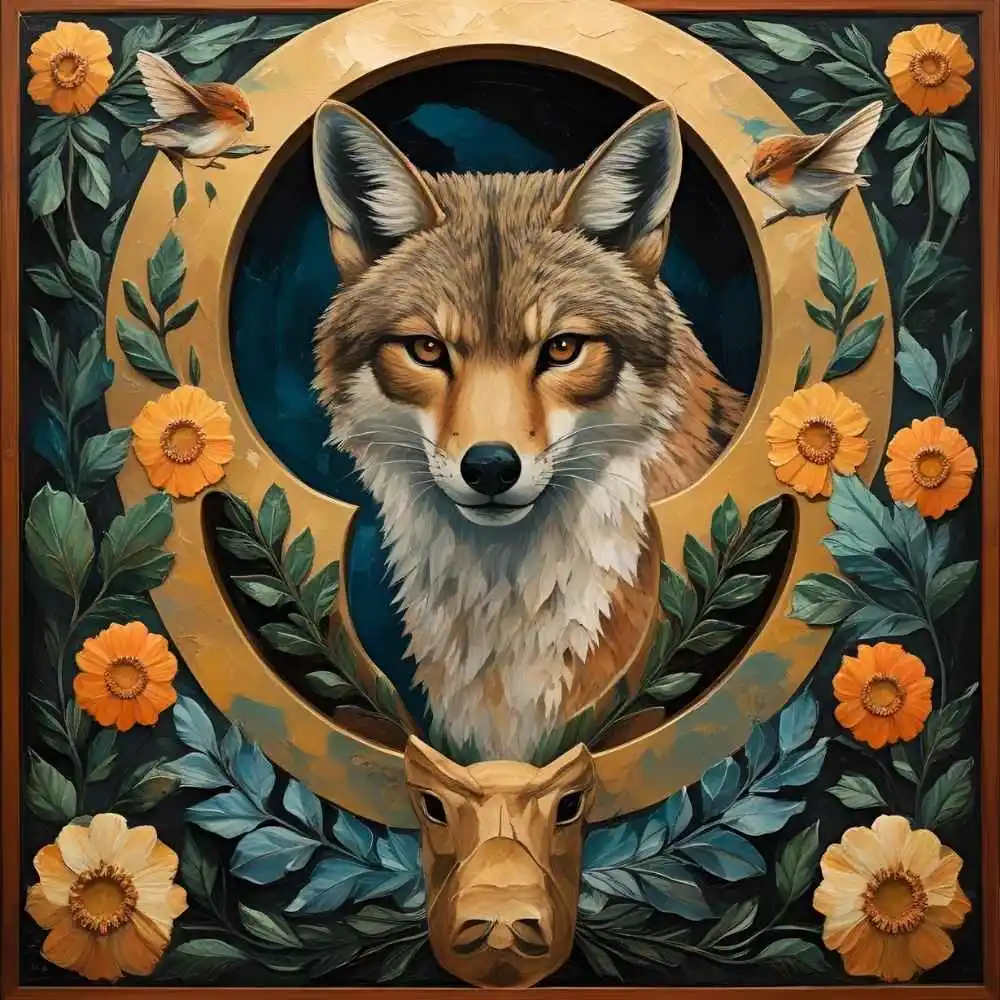
Literature has long used animal symbolism to weave profound meaning into stories, reflecting human struggles and aspirations:
- In George Orwell’s Animal Farm, animals like pigs and horses represent political ideologies and social classes, highlighting themes of power and betrayal.
- In Herman Melville’s Moby-Dick, the white whale symbolizes the untamed forces of nature and the obsessive pursuit of the unknown.
- In J.K. Rowling’s Harry Potter series, patronus animals (like Harry’s stag or Hermione’s otter) reflect the characters’ inner strengths and emotional truths.
- In fables like Aesop’s, animals such as the tortoise and hare teach moral lessons about patience, humility, and perseverance.
When animals appear in literature, they often hold a mirror to our hopes, fears, and growth, inviting us to reflect on our own stories.
Fox Animal Symbolism
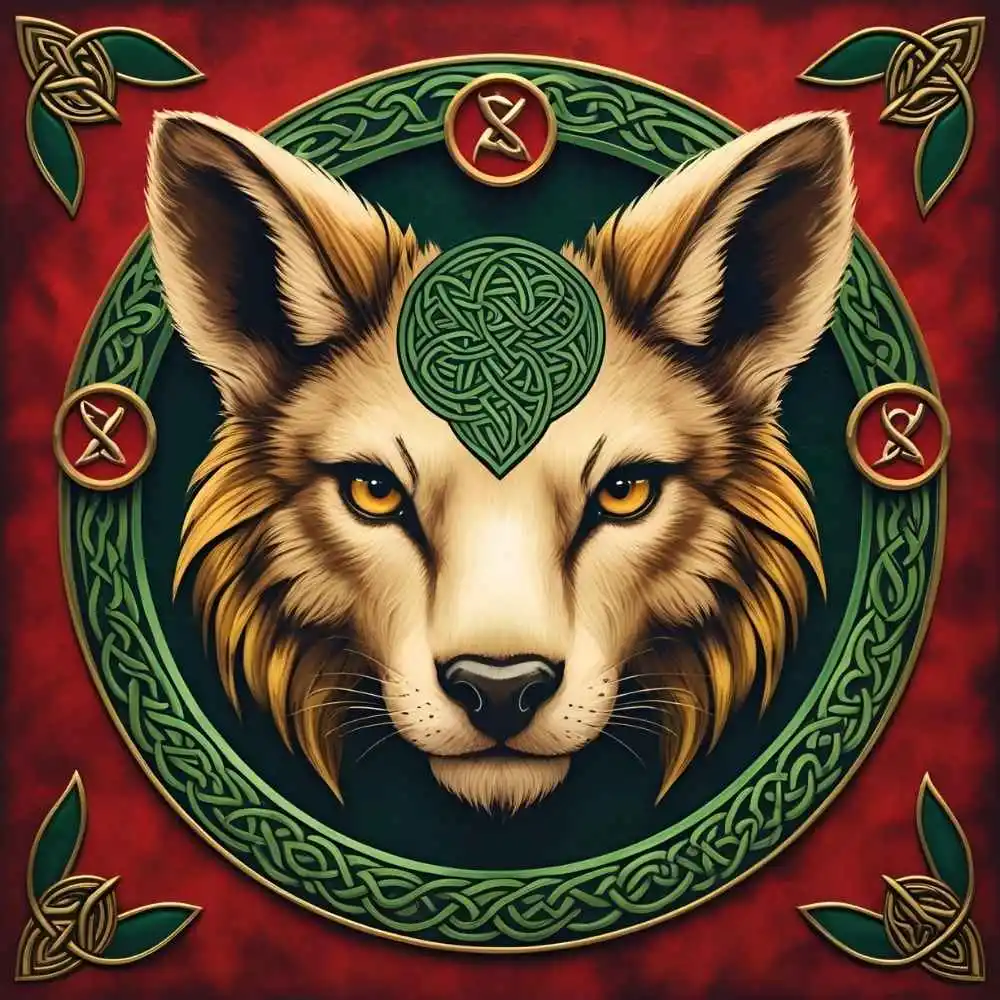
The fox is a powerful symbol across cultures, embodying cunning, adaptability, and spiritual insight:
- In Native American traditions, the fox is a trickster, teaching us to think creatively and navigate challenges with cleverness.
- In Japanese folklore, the kitsune (fox) is a shape-shifter, often a guardian or messenger of the divine, guiding us through spiritual transitions.
- In European tales, the fox is clever and resourceful, reminding us to trust our instincts and adapt to life’s twists.
- Spiritually, a fox encounter might signal a need to be more observant, trust your intuition, or embrace playful curiosity in solving problems.
If a fox crosses your path, it may be a gentle reminder to stay sharp, trust your inner wisdom, and move through life with grace.
Chinese Animal Symbolism
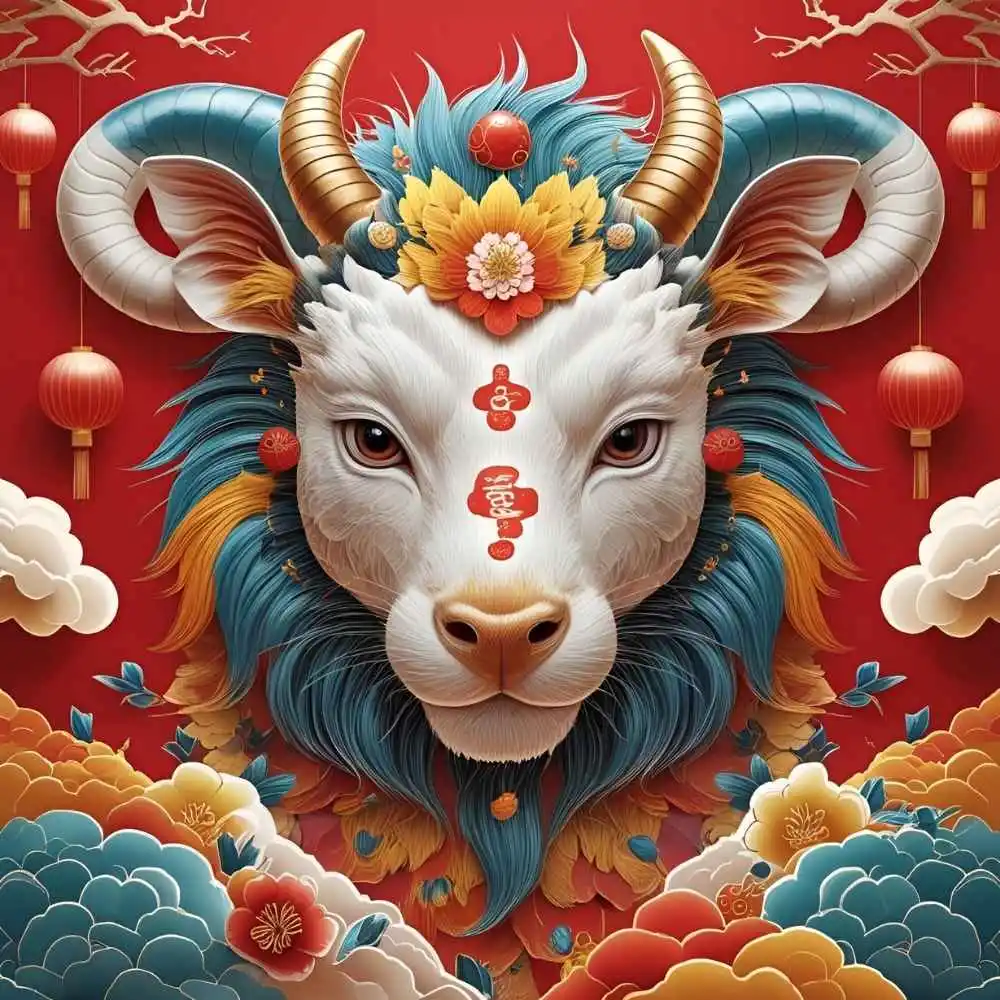
In Chinese culture, animal symbolism is deeply tied to the zodiac, mythology, and spiritual beliefs, offering guidance for life’s journey:
- Dragon: A symbol of power, strength, and good fortune. Dragons are revered as divine protectors, inspiring boldness and ambition.
- Tiger: Represents courage, protection, and ferocity. A tiger’s presence might encourage you to face fears with unwavering strength.
- Phoenix: Signifies renewal, immortality, and grace. The phoenix rising from ashes inspires hope and transformation after hardship.
- Snake: Associated with wisdom, intuition, and mystery. A snake encounter might urge you to shed old habits and embrace personal growth.
The Chinese zodiac, with its 12 animals, also assigns traits to individuals based on their birth year, shaping how they navigate life’s emotional landscape.
Real-Life Scenarios
Scenario 1: The Cardinal’s Visit
Sarah was grappling with grief after losing her grandmother. One morning, a bright red cardinal perched on her windowsill, singing softly. In many traditions, cardinals symbolize loved ones who have passed, offering comfort and connection. Sarah felt a wave of peace, as if her grandmother was reassuring her. She began journaling about her memories, finding healing through the cardinal’s message.
Scenario 2: The Owl at Dusk
Mark was at a crossroads, unsure if to change careers. One evening, an owl hooted from a nearby tree, its piercing eyes meeting his. Owls symbolize wisdom and clarity, and Mark took it as a sign to trust his inner knowing. He researched his options and confidently made the leap, feeling guided by the owl’s mystical presence.
Scenario 3: The Butterfly’s Dance
Lila felt stuck in a draining relationship, unsure how to move forward. While walking in a park, a butterfly landed on her hand, its wings fluttering gently. Butterflies represent transformation and new beginnings. Lila saw it as a sign to release what no longer served her, finding the courage to start a fresh chapter.
FAQs
1. What is animal symbolism?
Animal symbolism refers to the spiritual or emotional meanings associated with animals, often seen as messages or guides from the universe, nature, or the divine.
2. How can I interpret an animal encounter?
Pay attention to the animal, the context, and your emotions at the time. Research cultural or spiritual meanings, and trust your intuition to uncover the message.
3. Are animal symbols the same across cultures?
No, meanings vary. For example, a snake might symbolize wisdom in Chinese culture but danger in others. Context and culture shape the interpretation.
4. Can animal symbolism appear in dreams?
Yes, animals in dreams often carry similar symbolic meanings as in waking life, reflecting your subconscious thoughts, emotions, or spiritual guidance.
5. How do I know if an animal encounter is significant?
If the encounter feels unusual, emotional, or timed with a specific life event, it’s likely meaningful. Trust your instincts and reflect on its message.
Conclusion
Animal symbolism weaves a thread of wonder and connection through our lives, reminding us that we’re never alone on our spiritual journey.
If it’s a deer offering gentle guidance, a fox sparking clever insight, or a butterfly whispering of transformation, these encounters invite us to pause, listen, and trust the wisdom of the universe.
As you move through your days, stay open to the animals that cross your path—they may carry the emotional clarity or spiritual nudge you need.
Let their presence remind you that the world is alive with meaning, ready to guide you toward peace, growth, and a deeper connection to yourself.

